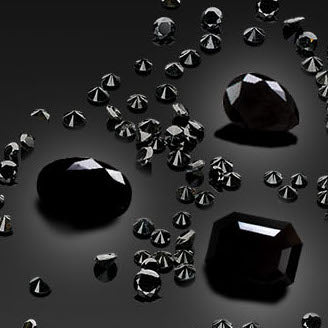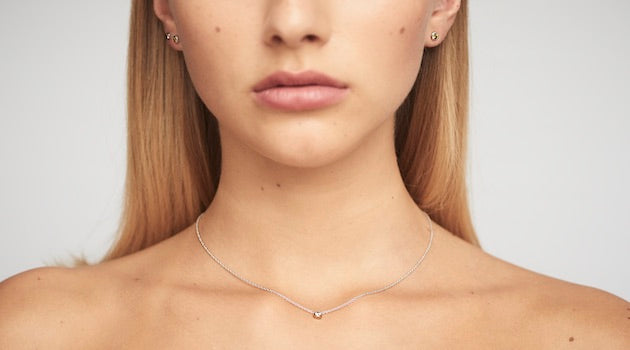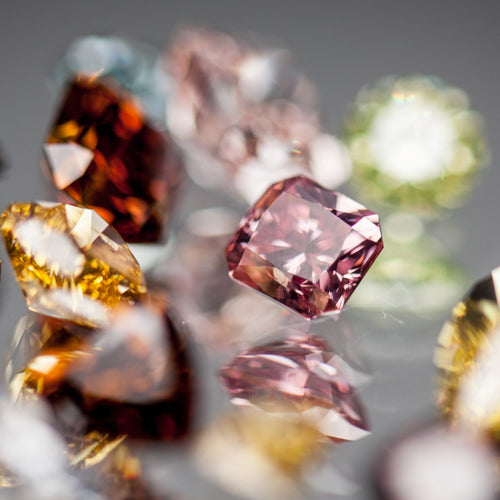King Louis XIV was responsible for the addition of this 20 carats, pale orangish-pink diamond to the Crown Jewels of France. However, the Hortensia diamond was not among the diamonds that the King purchased from Jean-Baptiste Tavernier, since the largest stone of this particular color that the latter brought back from India weighed only 14.5 carats. The Hortensia was the foremost diamond in the third of the nineteen florets of buttonholes listed in the inventory of the Crown Jewels of France, made in 1691.

The diamond is rather flat and rectangular in shape and is cut on five sides. In the 1791 inventory of the Crown Jewels it was valued at no more than 48,000 livres on account of a crack extending from the edge of the girdle to near the culet. It owes its name to Hortense de Beauharnais, Queen of Holland, undoubtedly because she wore it. Hortense was the daughter of Empress Josephine, the step-daughter of Napoleon Bonaparte and the mother of Napoleon III.
The Hortensia was among the jewels stolen from the Royal Treasury in September of 1792. One year later, a man named Depeyron disclosed (just prior to his execution) that he had hidden a bag containing gold and diamonds in the attic of an old house in the Halles district. The Hortensia was thus recovered together with The Regent Diamond and a number of other jewels. During the First Empire the Hortensia was mounted on the fastening of Napoleon's epaulette braid. Later it was set in the center of the headband of the great diamond-encrusted comb made by the Court Jeweler, Bapst, for Empress Eugénie in 1856. In between, in 1830, the diamond was stolen again, on this occasion from the Ministry of the Navy, but was quickly recovered.
When the French Crown Jewels were sold in 1887, the Hortensia was one of the items excluded from the sale, along with the Regent, because of their historic and artistic interest. They were put in the Louvre, where the Sancy Diamond joined them just under a century later.
"It is a very nice pink color with a slight orangey tone to it," writes Michael Hing, a jeweler from Great Britain. "You could describe it as peach-colored, but definitely on the pink side of peach. It has good clarity but there's quite a large scratch/crack on the pavilion."














